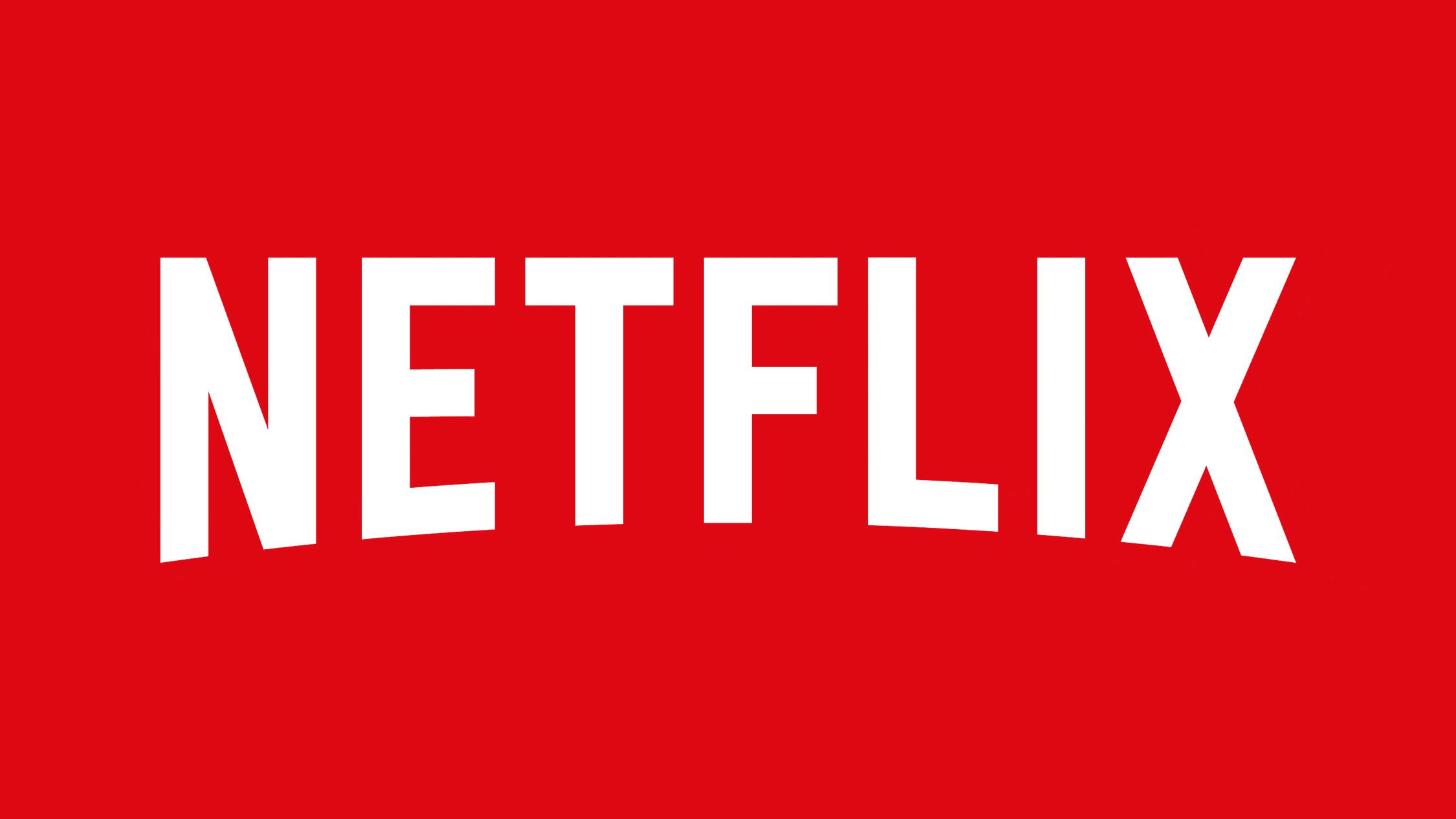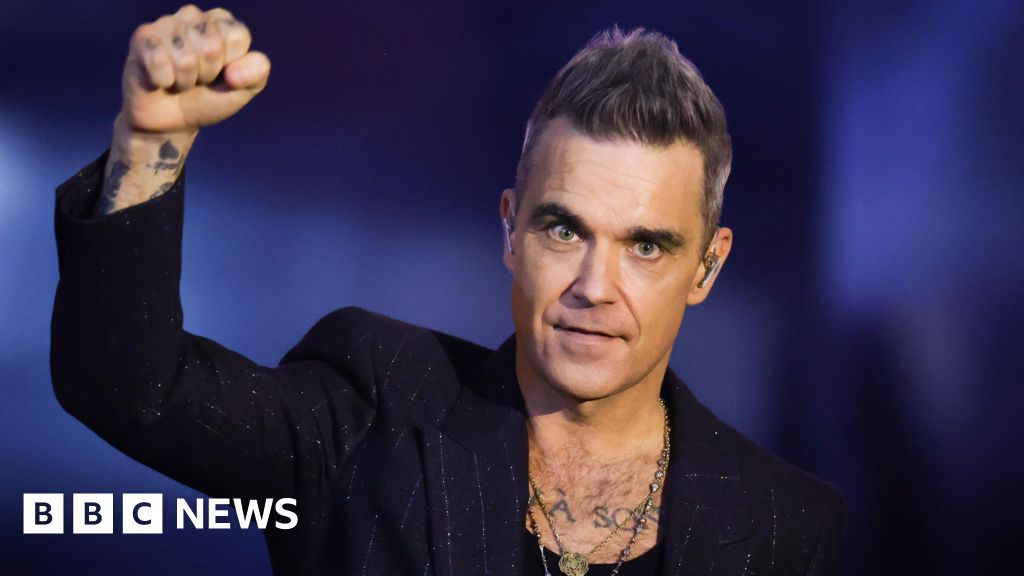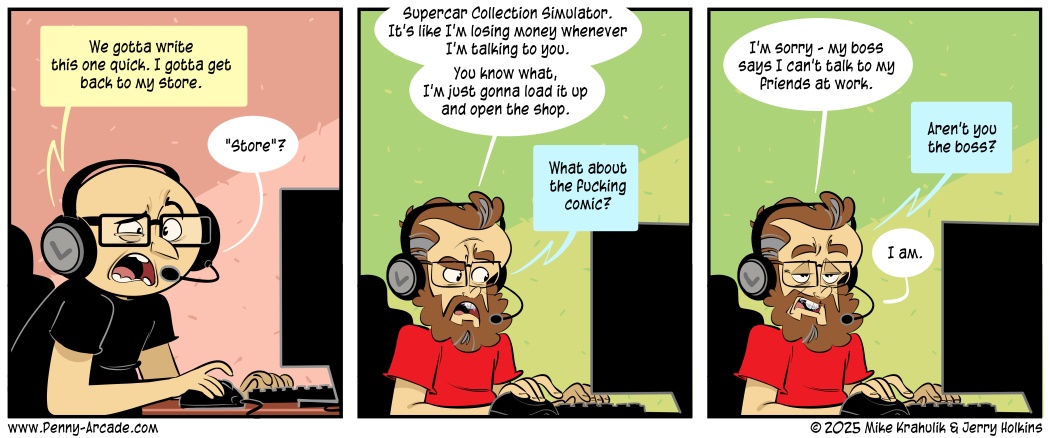Daredevil: Born Again Reignites the Battle Between Heroes and Villains

The recently concluded series, Daredevil: Born Again, dives deep into the tumultuous world of Matt Murdock, aka Daredevil, as he grapples with his ongoing conflict against the notorious Kingpin. However, it is another formidable adversary, Wilson Bethels Bullseye, who sets the chaos in motion right from the beginning of the pilot episode. Barely minutes into the narrative, Bullseye brazenly murders Foggy Nelson with a single gunshot, establishing himself as a lethal force to be reckoned with. Following this shocking act, he unleashes a whirlwind of violence inside Josies Bar, throwing not only knives at Daredevil but also targeting innocent civilians. His methods range from brutal physical assaults, like knocking victims out with cue balls, to delivering powerful punches that leave his targets reeling. While many of these confrontations could have been avoided, the vindictive nature of Bullseye, along with his intense hatred for Daredevil, makes him a relentless antagonist.
As a long-time follower of Marvels cinematic universe, fans often find themselves grappling with mixed emotions regarding the portrayal of villains. For every complex character like Killmonger or Vulture, there are others such as Cassandra Nova and Iron Monger that seem less compelling. Over the years, many villains have evolved from being simple foils for the heroes into characters laden with attempts at topical relevance or thematic depth. While this approach can yield intriguing results, it frequently leads to storylines that feel muddled or disjointed. Recent examples like Captain America: Brave New World, featuring characters like Leader and Red Hulk, illustrate this issue, as do the various portrayals of the Skrulls and Thanos, along with the dual villain setup of John Walker and Karli Morgenthau in Falcon & the Winter Soldier. This trend is not limited to the Marvel franchise alone; it seems to pervade blockbuster action films over the last two decades, yet Marvel appears to falter in presenting a cohesive villain narrative more than others.
Despite these overarching challenges, the latest Marvel projects have introduced some memorable antagonists, particularly in television. The Daredevil shows have managed to depict characters like Bullseye, Kingpin, and VanessaFisks wifeas some of the most malevolent and unforgiving individuals in New York. Although each of these characters has experienced their fair share of victimization, the series has refrained from making them overly sympathetic or attempting to justify their previous wrongdoings. The complex relationship between Fisk and Vanessa is particularly striking; he is the same man who loves her dearly yet has committed gruesome acts, such as decapitating a man with a car door. Vanessa mirrors this complexity, orchestrating Foggy's demise without hesitation, all while feeling betrayed by Fisks actions during his absence.
Ben Poindexter, better known as Bullseye, stands out as perhaps the most psychologically damaged character within Matt Murdocks universe. While he is often used by Fisk and Vanessa as a tool for their ambitions, Bullseye revels in his violent exploits, often taunting Daredevil by adopting his costume or utilizing any object within reach as a weapon. This sheer enjoyment he derives from his actions, whether killing a fly with a paperclip or throwing a weapon with deadly accuracy, adds layers to his character, making him a formidable opponent and a compelling villain. Together, these contrasting traits create a dynamic that tests Matts resolve and patience, enhancing the narrative depth of the series.
Meanwhile, outside of Daredevil: Born Again, Marvel has successfully crafted another memorable antagonist in the Scorpion from Your Friendly Neighborhood Spider-Man. Although he may not be as visually striking as other iconic villains like Doctor Octopus or Venom, Mac Gargan has carved out a place for himself in the Marvel landscape over the past decade. His character has evolved through various adaptations, including his role in Insomniacs Spider-Man games as part of the Sinister Six, alongside his short-lived live-action appearance in Spider-Man: Homecoming. The recent series introduces Gargan as the head of a burgeoning gang called the Scorpions, presenting a new challenge for the One-Tenth. Despite a lack of nuanced characterization, Gargan's intimidating presence is undeniable, especially when he dons an armored suit equipped with a fearsome stinger tail. His violent and chaotic nature exemplifies a villain who has finally found his calling.
In a parallel development, the shows creative team has successfully individualized Gargan and his successor, Carmilla Black, making them equally formidable forces within the storyline. As the narrative unfolds, it becomes clear that while Carmilla poses a threat, Gargans fierce demeanor and ruthless tactics ultimately overshadow her. The series successfully channels the same kind of energy that characterized Homecoming, particularly in the memorable confrontation between Spider-Man and Vulture, suggesting that Friendly Neighborhood Spider-Man has a bright future ahead of it. Fans will surely be eager to see Gargan and Black reappear, presenting fresh challenges for Spider-Man and other potential heroes.
Looking ahead, there is hope that the compelling energy found in these television series will translate into Marvels film projects as well. In Captain America: Brave New World, the introduction of Giancarlo Espositos Sidewinder signifies a step in the right direction. His singular goal of wanting to eliminate Sam, regardless of the financial incentive, highlights the importance of strong, personal rivalries in superhero narratives. Such intense, ongoing conflicts cultivate a more engaging storyline than villains who perceive themselves as heroes or operate under convoluted plans aimed at distant payoff. As the MCU continues to evolve, capitalizing on the strengths of these personal rivalries could enhance the overall narrative experience, regardless of the medium.



























